Art deco, with its sleek geometry and vibrant colors, epitomizes elegance and sophistication. Originating in the early 20th century, it marked a significant departure from the flowing lines of Art NouveauIn the desire to abandon the historical styles of the 19th century and overcome historicism in architecture and decoration, Art Noveau appeared in a wide variety of strands worldwide, most popular between 1890 and 1910. The movement is also known as the Glasgow Style, in the German-speaking world, as Jugendstil, or as Stile Liberty in Italian. Enthusiasts in the decorative More to embrace industrial progress and the modern age. This style isn’t just about aesthetics; it’s a reflection of cultural evolution, blending functionality with opulence in a way that continues to enchant enthusiasts.
The roots of art deco can be traced back to Paris, the cultural epicenter of the time. It burst onto the world stage at the 1925 International Exhibition of Modern Decorative and Industrial Arts, captivating imaginations with its innovative designs and technological optimism. Paris, with its penchant for the avant-garde, became the launching pad for this style, which quickly spread across the globe, influencing architecture, furniture, and even fashion.

In architecture, the style is best exemplified by the Chrysler Building in New York City, its gleaming spire and geometric motifs capturing the essence of an era. Art deco buildings are masterpieces of symmetry and boldness, often adorned with elaborate motifs inspired by everything from ancient Egyptian art to the machine age.
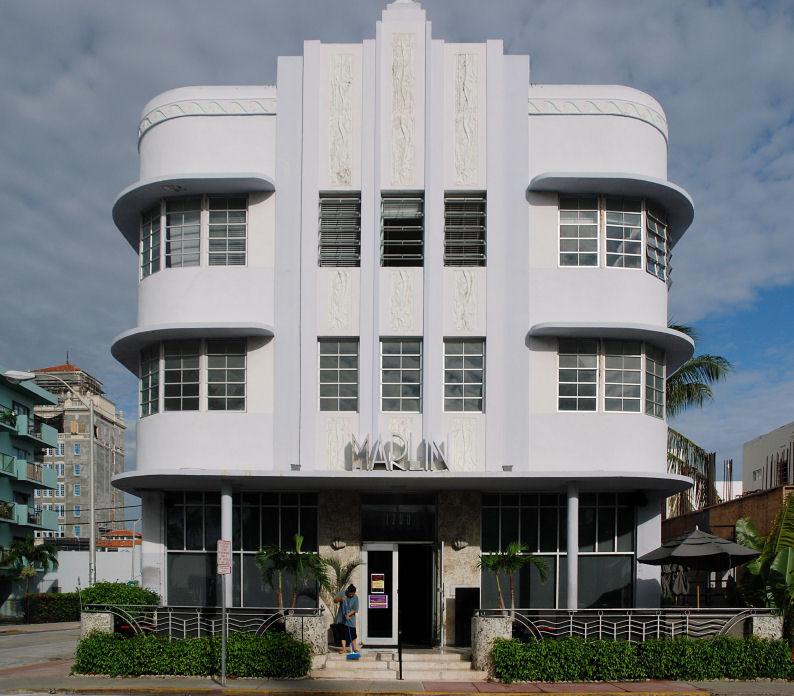
Interior design under this movement showcases lavish materials and geometric patterns, aiming for an overall effect of sophistication and harmony. Furniture pieces, often in rich woods and glossy finishes, bear the hallmark of sleekness and simplicity, while decorative lamps and mirrors feature angular designs and chrome accents.
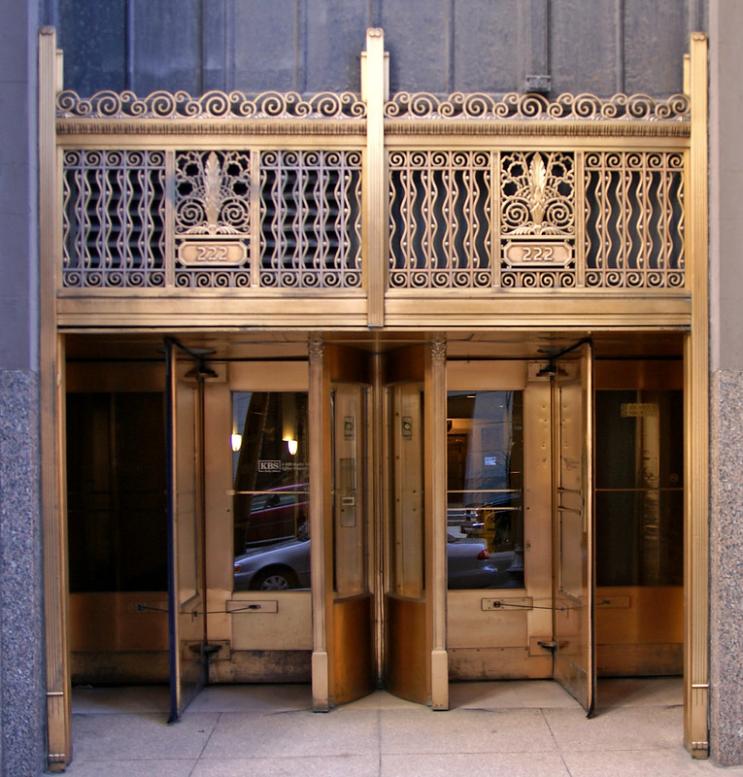
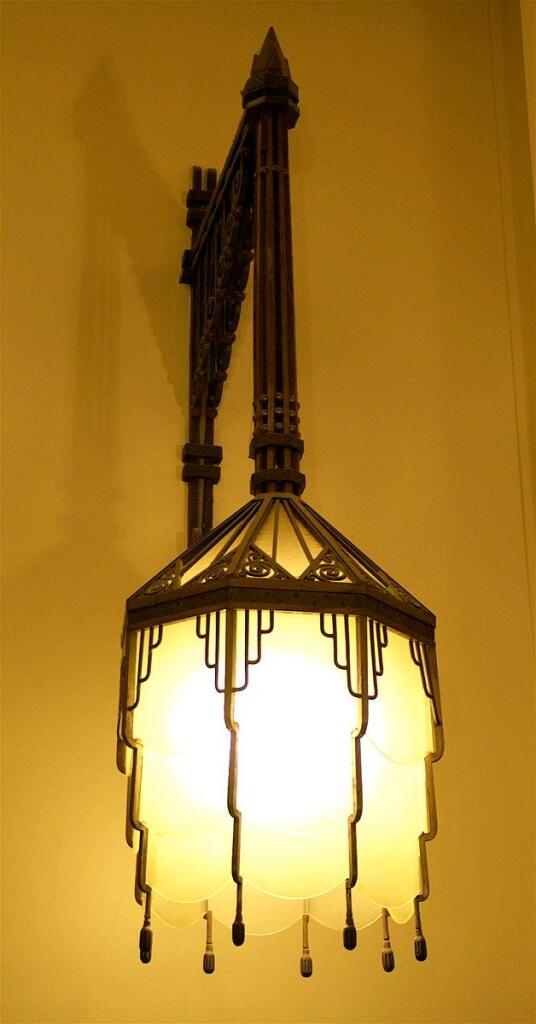
Art deco also made a notable mark on personal adornments, particularly in jewelry. Designs from this era are characterized by bold geometry and the liberal use of diamonds and other precious stones, mirroring the period’s fascination with luxury and craftsmanship.
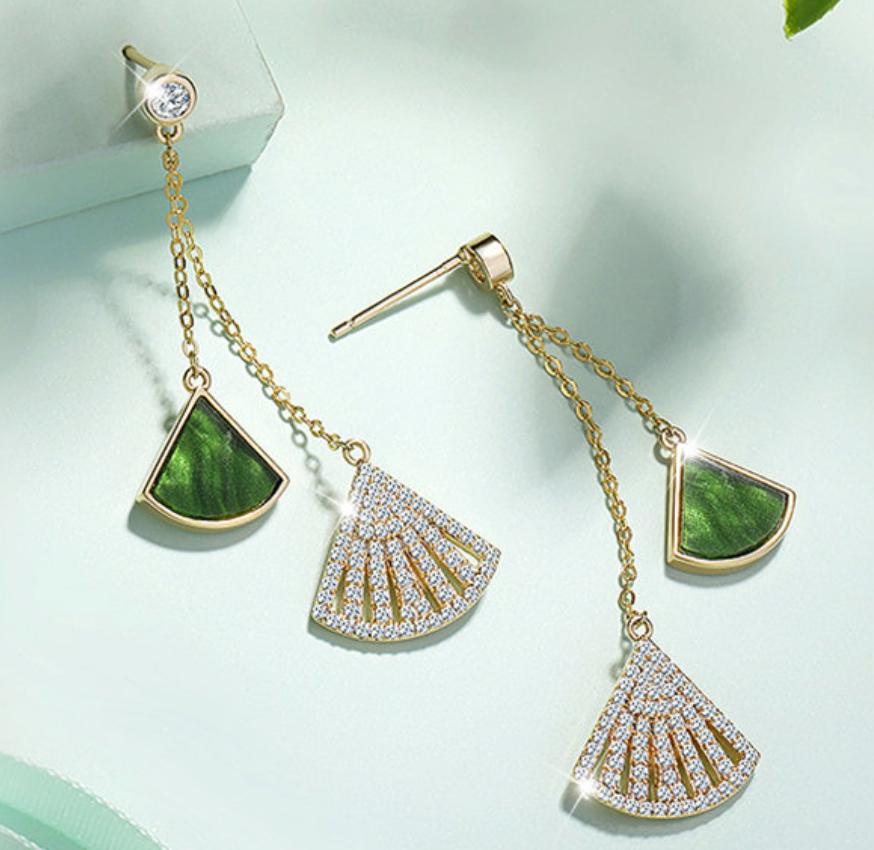
Even smaller elements of design, such as bathroom fixtures and household items, weren’t immune to art deco’s influence. Chrome fixtures, angular mirrors, stylized wallpapers, and tablewear add a touch of glamour and luxury, transforming everyday spaces into works of art.
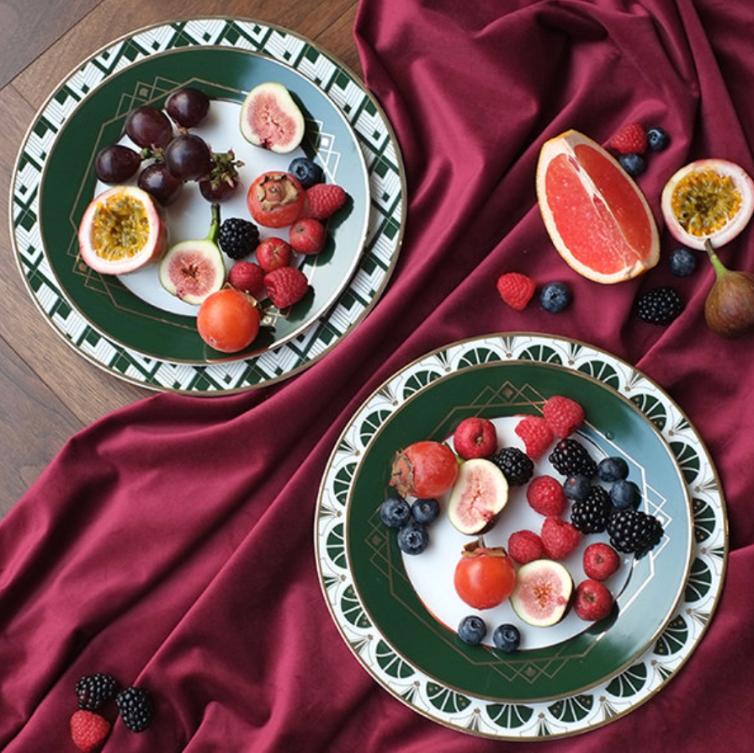
Fashion too embraced the movement, with dresses and accessories reflecting the era’s unique blend of modernity and style. The art deco influence on fashion can be seen in the sleek silhouettes, geometric patterns, and the bold experimentation with materials and colors.
In essence, art deco is more than just a design style; it’s a historical snapshot that captures the optimism and dynamism of the early 20th century. Its influence, born in the vibrant cultural milieu of Paris, continues to be felt in various aspects of design, from majestic skyscrapers to the intricate details of a vintage brooch, embodying a timeless allure that keeps it relevant even today.
